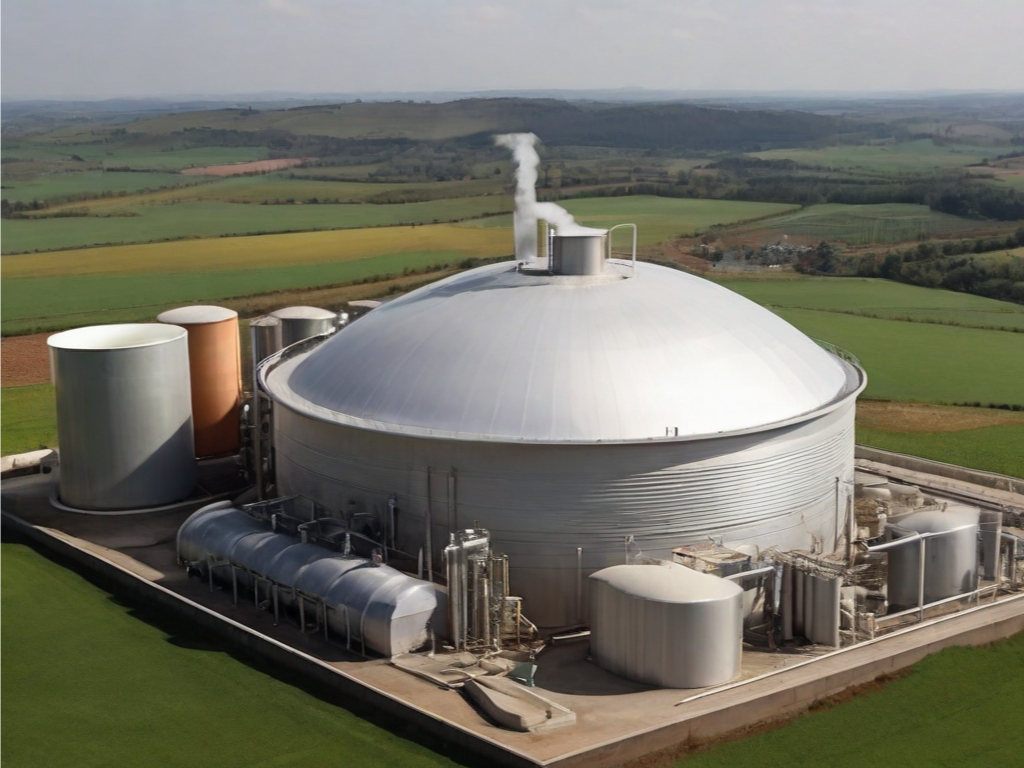As the world becomes increasingly digital, the demand for smartphones and their accessories continues to rise. One such accessory is the intrinsically safe iPhone case, a product that is not only designed to protect your device but also to prevent the ignition of flammable substances in hazardous environments. But what is the environmental impact of manufacturing these cases? This article, brought to you by the Intrinsically Safe Store, will delve into this topic, providing valuable insights and information. We invite you to visit our website to learn more about our commitment to safety and sustainability.
The Manufacturing Process and Its Environmental Impact
The manufacturing process of intrinsically safe iPhone cases involves several stages, each with its own environmental implications. These stages include material extraction, processing, assembly, and disposal.
Material Extraction and Processing
Most iPhone cases are made from plastic, a material derived from fossil fuels. The extraction and processing of these fuels contribute to air and water pollution, habitat destruction, and climate change. Additionally, the energy-intensive nature of plastic production results in significant carbon emissions.
Assembly
The assembly of iPhone cases often involves the use of harmful chemicals, which can contaminate water sources and harm workers’ health. Furthermore, the energy used in assembly plants contributes to greenhouse gas emissions.
Disposal
Finally, the disposal of iPhone cases poses another environmental challenge. Many cases end up in landfills, where they can take hundreds of years to decompose. During this time, they can leach toxic chemicals into the soil and groundwater.
Reducing the Environmental Impact
Despite these challenges, there are ways to reduce the environmental impact of manufacturing intrinsically safe iPhone cases. These include using recycled materials, implementing energy-efficient manufacturing processes, and promoting responsible disposal practices.
Using Recycled Materials
One effective strategy is to use recycled plastics in the production of iPhone cases. This not only reduces the demand for new plastic but also helps to divert waste from landfills.
Energy-Efficient Manufacturing
Manufacturers can also reduce their carbon footprint by implementing energy-efficient processes. This could involve using renewable energy sources, optimizing production processes to minimize waste, and investing in energy-efficient machinery.
Promoting Responsible Disposal
Finally, manufacturers can encourage consumers to dispose of their old iPhone cases responsibly. This could involve offering recycling programs, providing information on local recycling facilities, or designing products to be easily disassembled for recycling.

The manufacturing of intrinsically safe iPhone cases, like many other products, has a significant environmental impact. However, by taking steps to reduce this impact, manufacturers can contribute to a more sustainable future. At the Intrinsically Safe Store, we are committed to promoting products that are not only safe but also environmentally friendly. We invite you to contact us to learn more about our products and our commitment to sustainability.


























